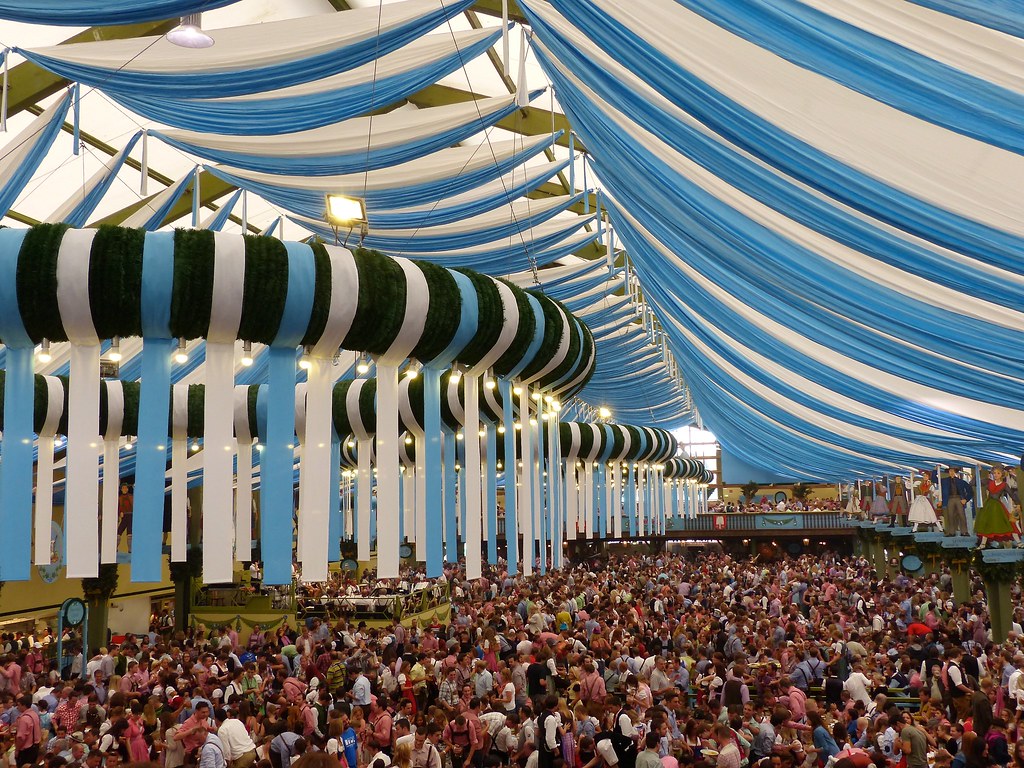Day of the Dead
While many people have heard of The Day of the Dead, few know the history behind the celebration. The holiday, also known as el Dia de los Muertos, dates back 3000 years ago to the Aztecs. Back then, there was an entire month dedicated to the dead compared to the two days, November first and second this year, it is now celebrated for. On this day it is believed that the dead are reunited with their living family. People who celebrate create ofrendas (offerings) to encourage their deceased relatives to visit. These ofrendas are typically decorated with yellow marigolds, pictures of the deceased, and the favorite foods of the person the ofrenda is for. One may think that The Day of The Dead is a somber holiday because it’s about honoring the dead, however, it is the exact opposite! The Day of the Dead is a celebration where people spend time with their families, share meals with loved ones, and tell stories about their deceased relatives. Each country has different ways of celebrating this holiday but many include festivals in the streets and dressing up for the occasion with some people painting their faces to resemble skulls.
Diwali
Diwali is known for being an Indian holiday but it’s also celebrated in Malaysia, Singapore, Nepal, and Fiji. The first records of this celebration trace back to as early as the first millennium BC. Diwali is the celebration of light and it symbolizes the victory of good over evil. Diwali is a time for everyone to put aside their differences and spread joy and friendliness. On November 12th, people will celebrate by decorating their houses with lights and shooting fireworks into the sky. One of the highlights of the holiday is the many foods eaten such as gulab jamun, dough balls served in a sweet syrup, and samosas, fried pastries filled with vegetables. Everybody dresses up in colorful traditional clothes, exchanges gifts with friends, and participates in religious rituals. Diwali is an important religious holiday in Hinduism and it’s celebrated by Buddhists, Sikhs, and Jains as well. All of these groups have different legends about the origin of the holiday but most have the same key idea of it being a day where light defeated darkness.























